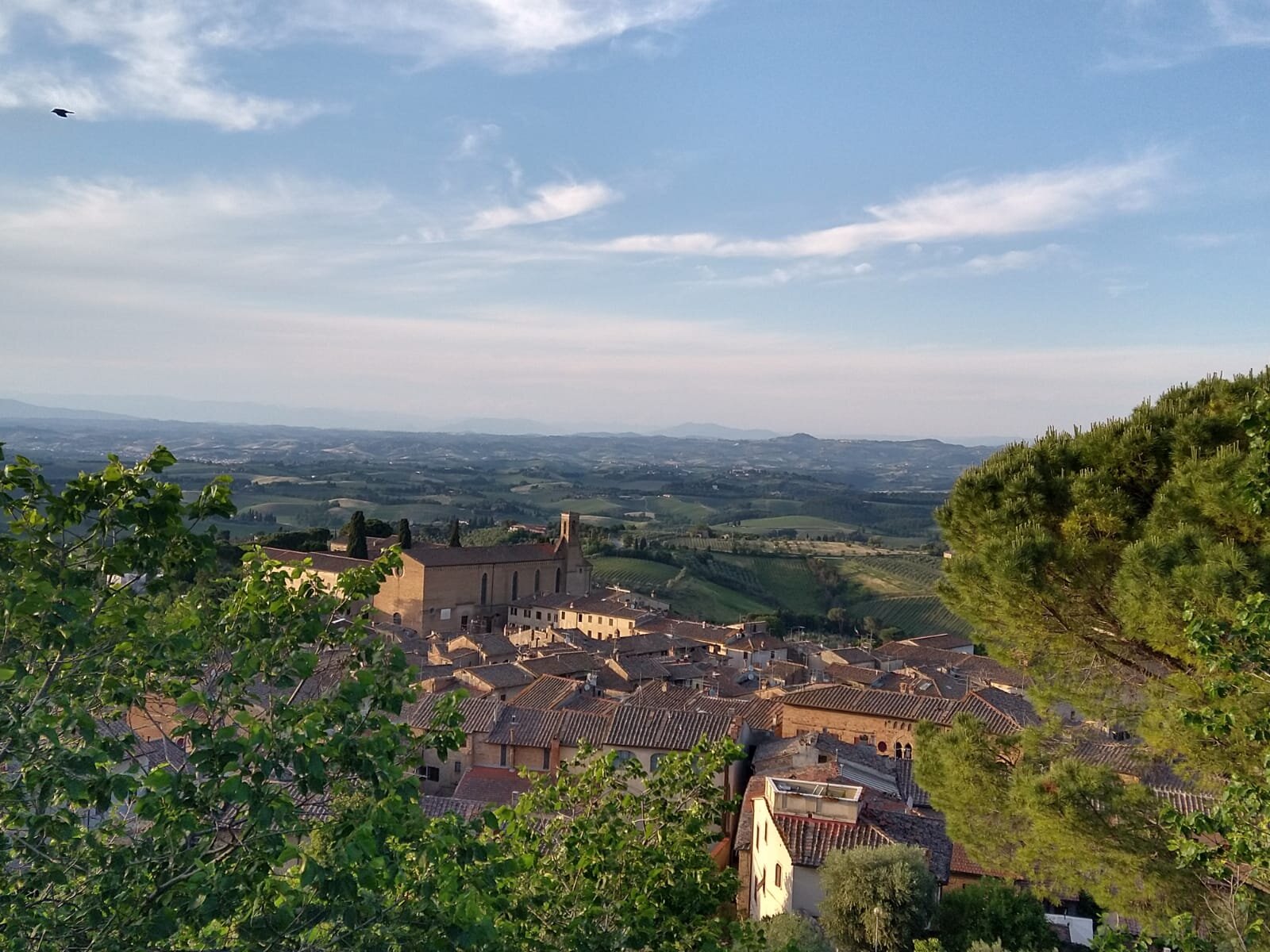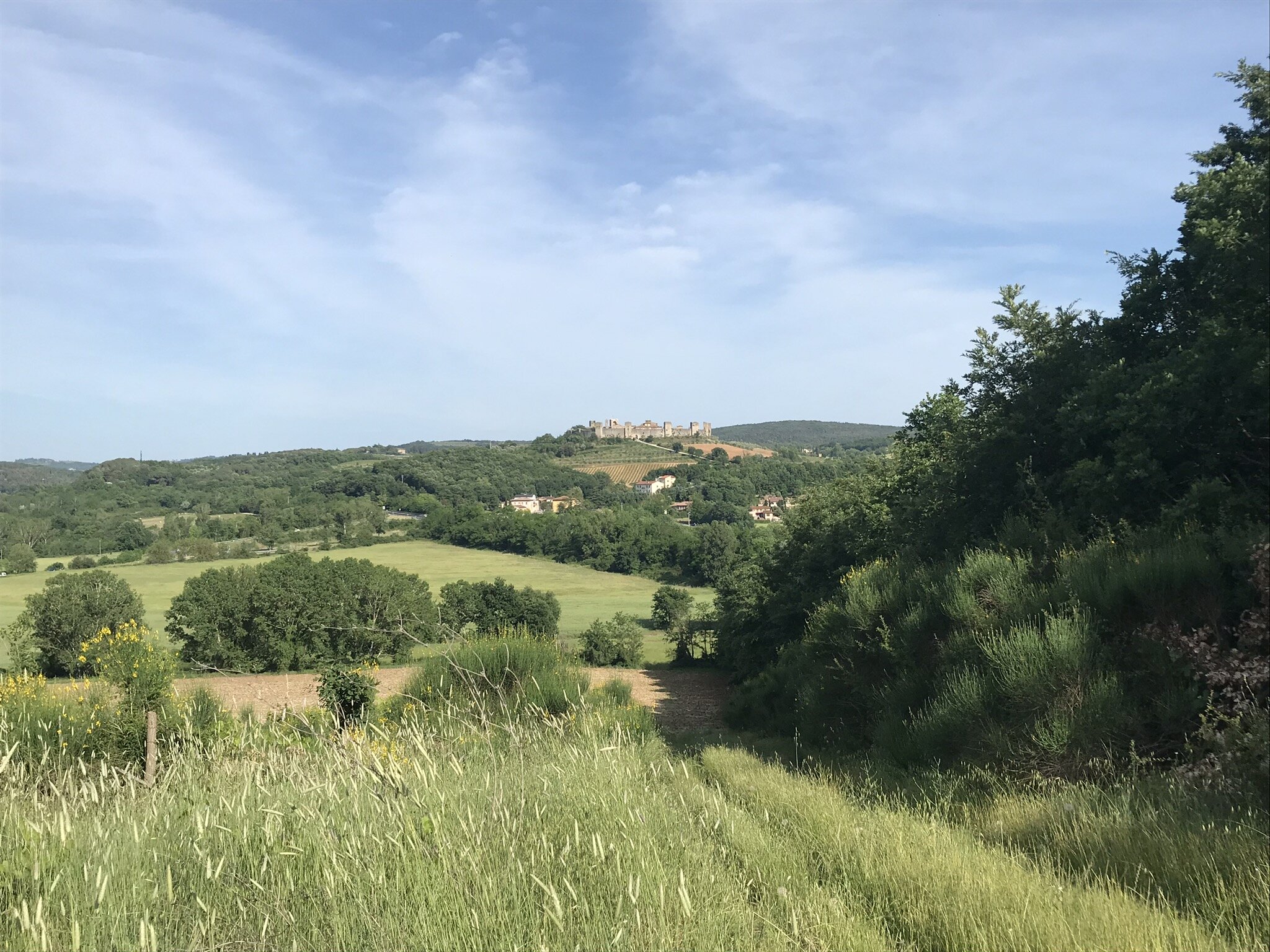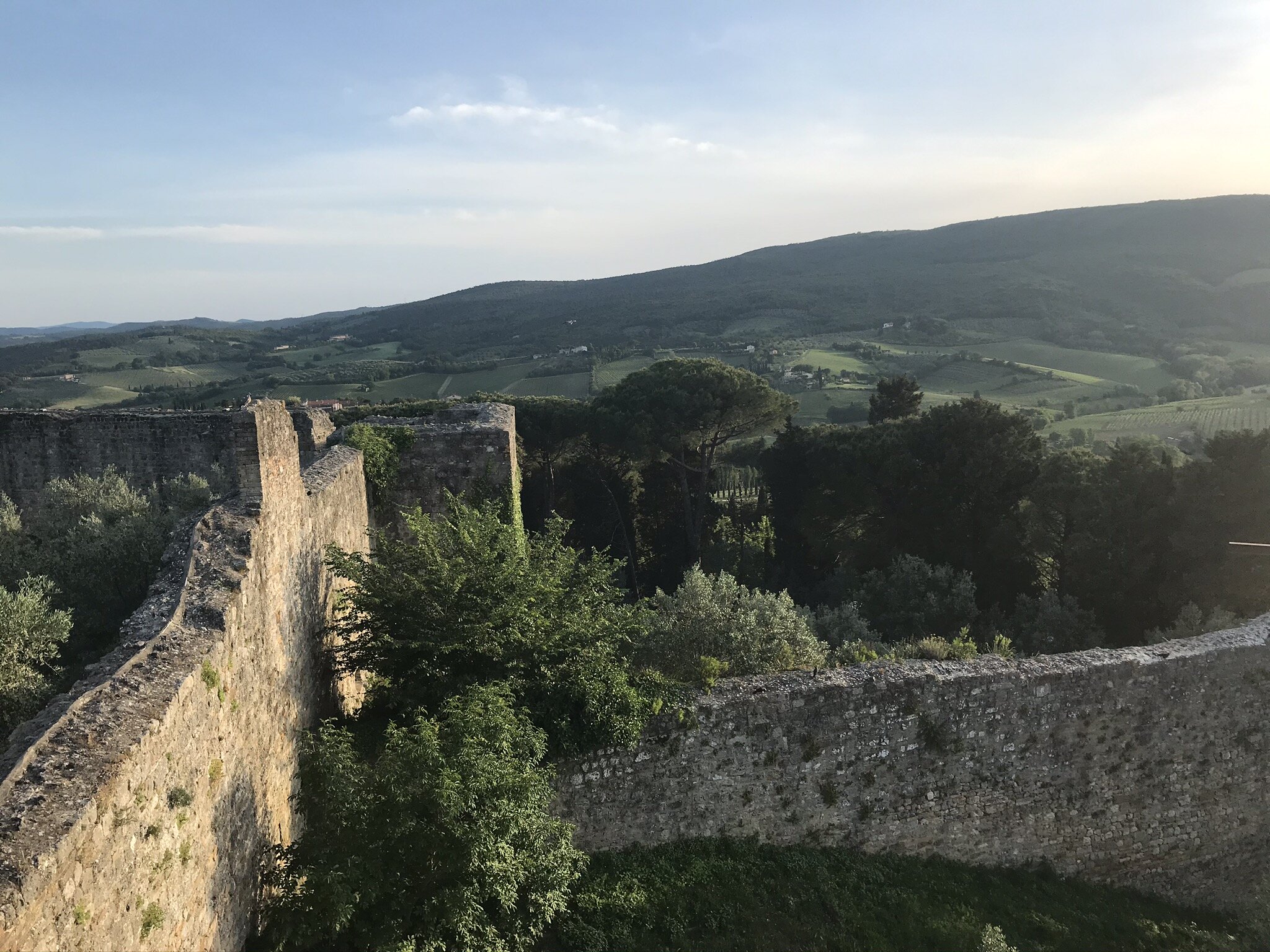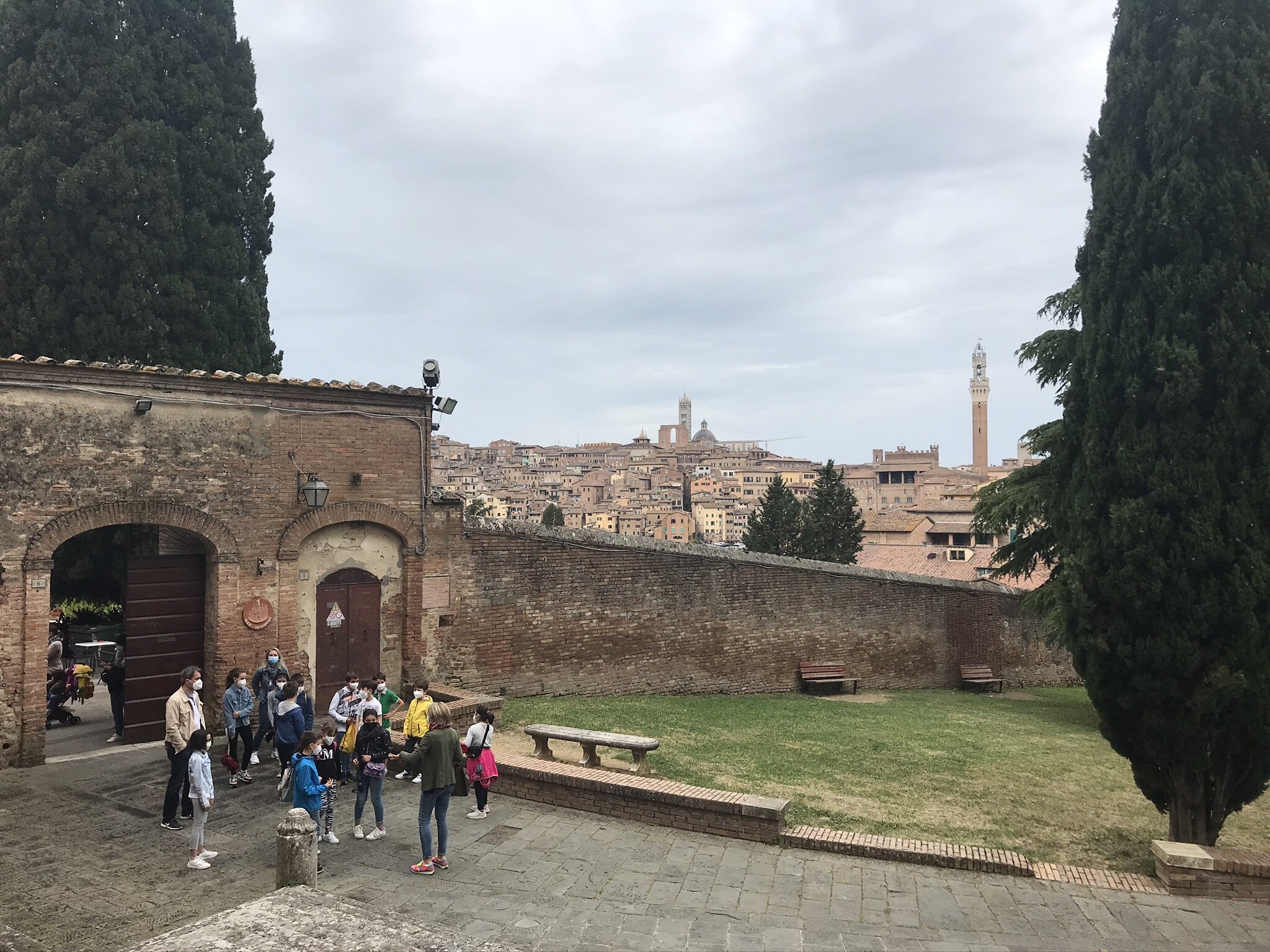“In his heart I think Frodo is still in love with the Shire. The woods, the fields, distant rivers,” said Bilbo Baggins in the Lord of the Rings film. He also said, in both the book and the film, “So life in the Shire goes on; much as it has this very day, with change coming slowly; if it comes at all”.
This could so instantly be applied to Tuscany. You could make make those quotes to a Toscano, and change nothing but “Shire.” One look upon the golden heart of Italy, and you’ll want to hear that song. Lord of the Rings fans will understand which one I mean, and god bless you all for it.
“I feel that as long as the Shire lies behind, safe and comfortable, I shall find wandering more bearable: I shall know that somewhere there is a firm foothold, even if my feet cannot stand there again.” – J.R.R. Tolkien
Hobbiton Movie Set,
Matamata, NZ. pic.twitter.com/YHTA6FdX0w— Hobbiton™ Movie Set (@HobbitonTours) March 30, 2020
This has me thinking about how our geography can shape human beings and human culture. How do you, dear reader, remember the lands of your home, either born to or adopted? What do you feel when you see familiar trees, stand on familiar mountains, pass down familiar roads? In every good book about Afghanistan ever written, the author(s) take numerous moments to point out how both the murderous Soviets and the murderous Americans never gave any thought of terrain, culture, religion, ethnicity, or history. Leaving all the basic questions unanswered bankrupted and destroyed the old Red Menace, and nearly did the same to us. In his podcast series’ on the history of the Mongol conquests of the Middle Ages, and of the wars between the advancing Americans and the last Apache chiefs, historian and radio host Dan Carlin describes how certain ecologies bestow upon humans special abilities or mechanisms needed to survive and thrive. All this can be looked at in reverse when it comes to Tuscany, which I will now refer to as Toscano.
PICTURED: What is pictured I can not write, as it must remain, whether real or imagined, a secret place, known only to me.
In the same way the defenseless, slightly naïve hobbits of the Shire were lulled to sleep by the beauty and bounty of their lands, the Toscani are an example of what happens when you put people in the most idyllic and beautiful country you could imagine, and leave them there for like, 2,000 years. The metastasizing of traditions over the years, of building, cooking, art, winemaking, animal husbandry, tend towards creating the “finer things”, and change comes slowly, because why change? The same could be said I think for the people and lands that share the pronoun Basque. On an exceptionally tumultuous continent, genetic testing of human remains has essentially found that the people living in the Basque region today, are identical to the people who lived there 30,000 years ago.
One of the first places I noticed this was the state and quality of the old heritage buildings everywhere. When you live a charmed life in harmony with nature, does a human naturally tend to value the past more than those who are eager to move on? The Chinese Cultural Revolution saw the dismantling or outright destruction of I-don’t-care-to-think-how-many historic and even ancient buildings and monuments in order to make room for the new society. Of course the Chinese had gone through more than 100 years of national shame, when Western colonizers competed amongst themselves, using Chinese aristocrats, armies, and even drug trades, as clubs to beat others to a slice of “the Chinese melon”. World War I and II were historic national tragedies for the Chinese, and many parts of that vast country are harsh and difficult to tame or work. The idea of lurching forward into a new golden age would have been impossible to resist, even if it meant erasing the past. In contrast Toscano’s wars between its principalities of Lucca, Florence, Siena, and others, never reached the levels of national tragedy, and despite changing hands several times to crown heads in several, more warmongering empires, Toscano has remained very whole and intact.
I stayed there for two days, and it was the easiest trip I’ve ever done. Nothing to do but relax, enjoy time with friends, make new friends, drink, eat, take photos, hike the hills, walk in walled cities, easy. Toscano has one of the highest prevalence of 100% preserved Medieval and Renaissance walls in all of Europe. Again, I consider this evidence of the appreciation for tradition and beauty that arises when you surround humans with the perfect earth baking bricks, the perfect soil for growing crops, the perfect weather, unchallenging terrain of rolling hills. Regarding bricks, this reporter collected Crayola crayons when he was a kid, and just like his classmates he had no idea what “Burnt Siena” meant. The various shades of brown and tan that give the color to a classic Toscano building are so lovely, that most buildings simply aren’t finished or painted. The UNESCO-listed preserved town of San Gimignano for example is just left to its glorious, glorious browns.
Unlike the Palace at Versailles: a study on elegance and opulence, Toscano is a study in endurance. Like an ultramarathon runner, Toscano doesn’t give up; not it’s buildings, not its food, nothing. And if they ever do, it will happen like Bilbo said, “slowly; if it comes at all”.
PICTURED: Another generation of Toscani; here on a field trip to one of the famous “Contrade” which is a word that is something like a mixture of sports team, neighborhood, militia, and labor union.






